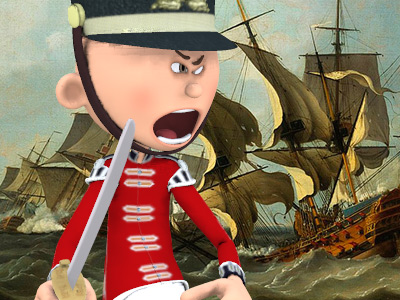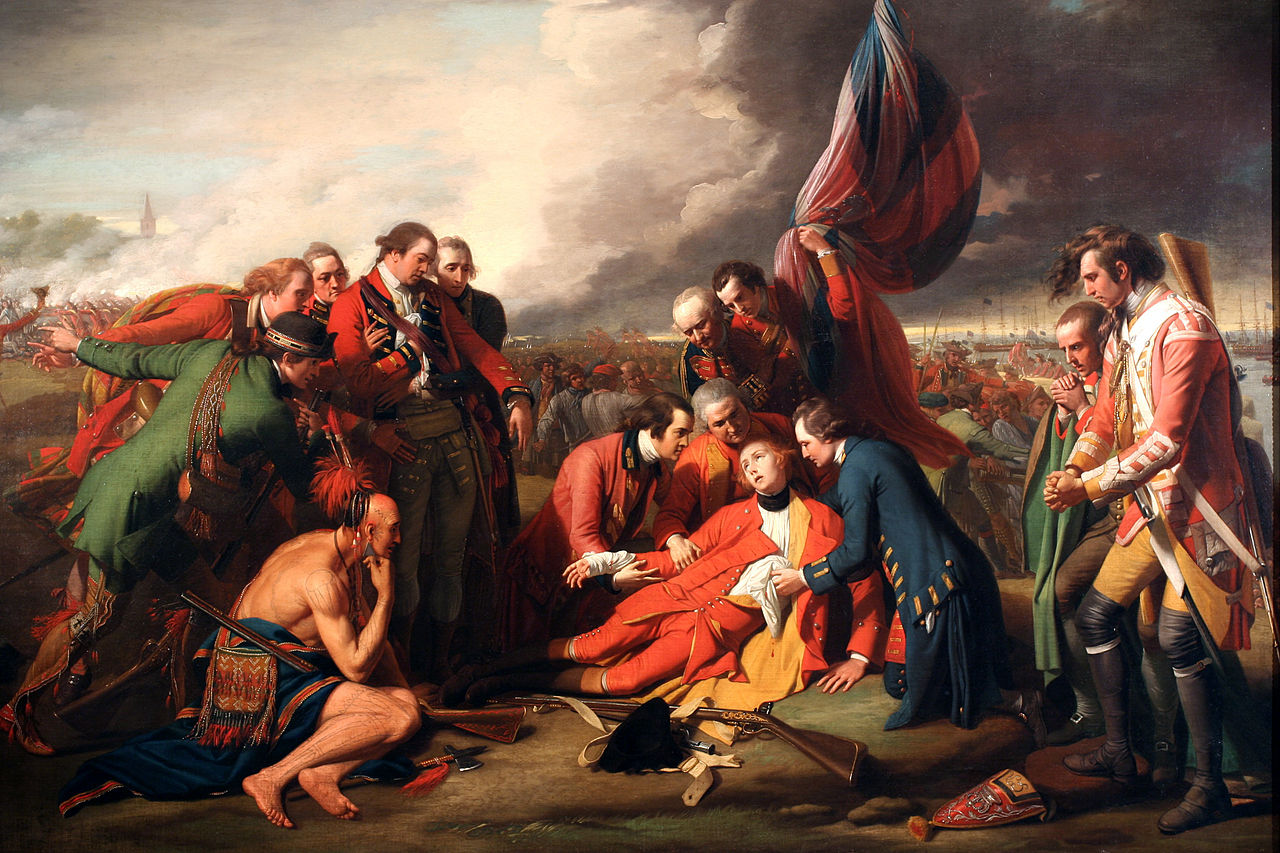Seven Years' War (1756-1763)
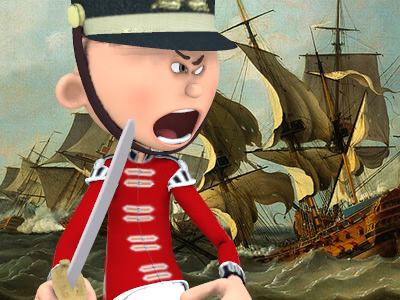
Europe 1756
William Pitt The Elder, who entered the cabinet in 1756, had a grand vision for the war that made it entirely different from previous wars with France. As prime minister, Pitt committed Britain The Kingdom of Great Britain was a sovereign country in Western Europe from 1 May 1707 to the end of 31 December 1800. The state was created by the 1706 Treaty of Union and ratified by the Acts of Union 1707, which united the kingdoms of England (which included Wales) and Scotland to form a single kingdom encompassing the whole island of Great Britain and its outlying islands, with the exception of the Isle of Man and the Channel Islands. to a grand strategy of seizing the entire French Empire, especially its possessions in North America and India. Britain's main weapon was the Royal Navy, which could control the seas and bring as many invasion troops as were needed. He also planned to use colonial forces from the thirteen American colonies, working under the command of British regulars, to invade New France
The Kingdom of Great Britain was a sovereign country in Western Europe from 1 May 1707 to the end of 31 December 1800. The state was created by the 1706 Treaty of Union and ratified by the Acts of Union 1707, which united the kingdoms of England (which included Wales) and Scotland to form a single kingdom encompassing the whole island of Great Britain and its outlying islands, with the exception of the Isle of Man and the Channel Islands. to a grand strategy of seizing the entire French Empire, especially its possessions in North America and India. Britain's main weapon was the Royal Navy, which could control the seas and bring as many invasion troops as were needed. He also planned to use colonial forces from the thirteen American colonies, working under the command of British regulars, to invade New France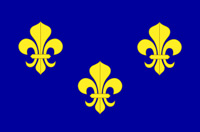 New France was the territory colonized by France in North America, beginning with the exploration of the Gulf of Saint Lawrence by Jacques Cartier in 1534 and ending with the cession of New France to Great Britain and Spain in 1763 under the Treaty of Paris. In the 16th century, the lands were used primarily to draw from the wealth of natural resources such as furs through trade with the various indigenous peoples. In the seventeenth century, successful settlements began in Acadia and in Quebec.. In order to tie the French army down he subsidized his European allies. Pitt was head of the government from 1756 to 1761, and even after that the British continued his strategy. It proved completely successful. Pitt had a clear appreciation of the enormous value of imperial possessions, and realized the vulnerability of the French Empire.
New France was the territory colonized by France in North America, beginning with the exploration of the Gulf of Saint Lawrence by Jacques Cartier in 1534 and ending with the cession of New France to Great Britain and Spain in 1763 under the Treaty of Paris. In the 16th century, the lands were used primarily to draw from the wealth of natural resources such as furs through trade with the various indigenous peoples. In the seventeenth century, successful settlements began in Acadia and in Quebec.. In order to tie the French army down he subsidized his European allies. Pitt was head of the government from 1756 to 1761, and even after that the British continued his strategy. It proved completely successful. Pitt had a clear appreciation of the enormous value of imperial possessions, and realized the vulnerability of the French Empire.
The British prime minister, the Duke of Newcastle, was optimistic that the new series of alliances could prevent war from breaking out in Europe. However, a large French force was assembled at Toulon, and the French opened the campaign against the British by an attack on Minorca in the Mediterranean. A British attempt at relief was foiled at the Battle of Minorca, and the island was captured on 28 June (for which Admiral Byng was court-martialed and executed). Britain declared formally war to France The Kingdom of France is the historiographical name or umbrella term given to various political entities of France in the medieval and early modern period. It was one of the most powerful states in Europe since the High Middle Ages. It was also an early colonial power, with possessions around the world. Colonial conflicts with Great Britain led to the loss of much of its North American holdings by 1763. The Kingdom of France adopted a written constitution in 1791, but the Kingdom was abolished a year later and replaced with the First French Republic. with a declaration signed on 17 May, nearly two years after fighting had broken out in the Ohio Country.
The Kingdom of France is the historiographical name or umbrella term given to various political entities of France in the medieval and early modern period. It was one of the most powerful states in Europe since the High Middle Ages. It was also an early colonial power, with possessions around the world. Colonial conflicts with Great Britain led to the loss of much of its North American holdings by 1763. The Kingdom of France adopted a written constitution in 1791, but the Kingdom was abolished a year later and replaced with the First French Republic. with a declaration signed on 17 May, nearly two years after fighting had broken out in the Ohio Country.
Frederick II of Prussia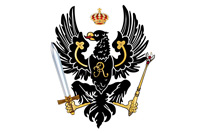 The Kingdom of Prussia was a German kingdom that constituted the state of Prussia between 1701 and 1918. It was the driving force behind the unification of Germany in 1871 and was the leading state of the German Empire until its dissolution in 1918. Although it took its name from the region called Prussia, it was based in the Margraviate of Brandenburg. Its capital was Berlin. had received reports of the clashes in North America and had formed an alliance with Great Britain. On 29 August 1756, he led Prussian troops across the border of Saxony, one of the small German states in league with Austria
The Kingdom of Prussia was a German kingdom that constituted the state of Prussia between 1701 and 1918. It was the driving force behind the unification of Germany in 1871 and was the leading state of the German Empire until its dissolution in 1918. Although it took its name from the region called Prussia, it was based in the Margraviate of Brandenburg. Its capital was Berlin. had received reports of the clashes in North America and had formed an alliance with Great Britain. On 29 August 1756, he led Prussian troops across the border of Saxony, one of the small German states in league with Austria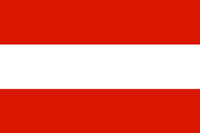 The Archduchy of Austria was a major principality of the Holy Roman Empire and the nucleus of the Habsburg monarchy. With its capital at Vienna, the archduchy was centered at the Empire's southeastern periphery. The archduchy's history as an imperial state ended with the dissolution of the Holy Roman Empire in 1806. It was replaced with the Lower and Upper Austria crown lands of the Austrian Empire.. He intended this as a bold pre-emption of an anticipated Austro-French invasion of Silesia. He had three goals in his new war on Austria. First, he would seize Saxony and eliminate it as a threat to Prussia, then use the Saxon army and treasury to aid the Prussian war effort. His second goal was to advance into Bohemia, where he might set up winter quarters at Austria's expense. Thirdly, he wanted to invade Moravia from Silesia, seize the fortress at Olmütz, and advance on Vienna to force an end to the war.
The Archduchy of Austria was a major principality of the Holy Roman Empire and the nucleus of the Habsburg monarchy. With its capital at Vienna, the archduchy was centered at the Empire's southeastern periphery. The archduchy's history as an imperial state ended with the dissolution of the Holy Roman Empire in 1806. It was replaced with the Lower and Upper Austria crown lands of the Austrian Empire.. He intended this as a bold pre-emption of an anticipated Austro-French invasion of Silesia. He had three goals in his new war on Austria. First, he would seize Saxony and eliminate it as a threat to Prussia, then use the Saxon army and treasury to aid the Prussian war effort. His second goal was to advance into Bohemia, where he might set up winter quarters at Austria's expense. Thirdly, he wanted to invade Moravia from Silesia, seize the fortress at Olmütz, and advance on Vienna to force an end to the war.
Accordingly, leaving Field Marshal Count Kurt von Schwerin in Silesia with 25,000 soldiers to guard against incursions from Moravia and Hungary, and leaving Field Marshal Hans von Lehwaldt in East Prussia to guard against Russian Russian Empire was an empire and the final period of the Russian monarchy from 1721 to 1917, ruling across large parts of Eurasia. The rise of the Russian Empire coincided with the decline of neighbouring rival powers: the Swedish Empire, the Polish–Lithuanian Commonwealth, Qajar Iran, the Ottoman Empire, and Qing China. Russia remains the third-largest empire in history, surpassed only by the British Empire and the Mongol Empire. invasion from the east, Frederick set off with his army for Saxony. The Prussian army marched in three columns. On the right was a column of about 15,000 men under the command of Prince Ferdinand of Brunswick. On the left was a column of 18,000 men under the command of the Duke of Brunswick-Bevern. In the centre was Frederick II, himself with Field Marshal James Keith commanding a corps of 30,000 troops. Ferdinand of Brunswick was to close in on the town of Chemnitz. The Duke of Brunswick-Bevern was to traverse Lusatia to close in on Bautzen. Meanwhile, Frederick and Keith would make for Dresden.
Russian Empire was an empire and the final period of the Russian monarchy from 1721 to 1917, ruling across large parts of Eurasia. The rise of the Russian Empire coincided with the decline of neighbouring rival powers: the Swedish Empire, the Polish–Lithuanian Commonwealth, Qajar Iran, the Ottoman Empire, and Qing China. Russia remains the third-largest empire in history, surpassed only by the British Empire and the Mongol Empire. invasion from the east, Frederick set off with his army for Saxony. The Prussian army marched in three columns. On the right was a column of about 15,000 men under the command of Prince Ferdinand of Brunswick. On the left was a column of 18,000 men under the command of the Duke of Brunswick-Bevern. In the centre was Frederick II, himself with Field Marshal James Keith commanding a corps of 30,000 troops. Ferdinand of Brunswick was to close in on the town of Chemnitz. The Duke of Brunswick-Bevern was to traverse Lusatia to close in on Bautzen. Meanwhile, Frederick and Keith would make for Dresden.
The Saxon and Austrian armies were unprepared, and their forces were scattered. Frederick occupied Dresden with little or no opposition from the Saxons. At the Battle of Lobositz on 1 October 1756, Frederick prevented the isolated Saxon army from being reinforced by an Austrian army under General Browne. The Prussians then occupied Saxony; after the Siege of Pirna, the Saxon army surrendered in October 1756, and was forcibly incorporated into the Prussian army. The attack on neutral Saxony caused outrage across Europe and led to the strengthening of the anti-Prussian coalition. The only significant Austrian success was the partial occupation of Silesia. Far from being easy, Frederick's early successes proved indecisive and very costly for Prussia's smaller army. This led him to remark that he did not fight the same Austrians as he had during the previous war.
Britain had been surprised by the sudden Prussian offensive but now began shipping supplies and ₤670,000 (equivalent to ₤89.9 million in 2016) to its new ally. A combined force of allied German states was organised by the British to protect Hanover from French invasion, under the command of the Duke of Cumberland. The British attempted to persuade the Dutch Republic The Dutch Republic was a confederation that existed from 1579, during the Dutch Revolt, to 1795. It was a predecessor state of the Netherlands and the first fully independent Dutch nation state. Although the state was small and contained only around 1.5 million inhabitants, it controlled a worldwide network of seafaring trade routes. The income from this trade allowed the Dutch Republic to compete militarily against much larger countries. It amassed a huge fleet of 2,000 ships, initially larger than the fleets of England and France combined. to join the alliance, but the request was rejected, as the Dutch wished to remain fully neutral. Despite the huge disparity in numbers, the year had been successful for the Prussian-led forces on the continent, in contrast to the British campaigns in North America.
The Dutch Republic was a confederation that existed from 1579, during the Dutch Revolt, to 1795. It was a predecessor state of the Netherlands and the first fully independent Dutch nation state. Although the state was small and contained only around 1.5 million inhabitants, it controlled a worldwide network of seafaring trade routes. The income from this trade allowed the Dutch Republic to compete militarily against much larger countries. It amassed a huge fleet of 2,000 ships, initially larger than the fleets of England and France combined. to join the alliance, but the request was rejected, as the Dutch wished to remain fully neutral. Despite the huge disparity in numbers, the year had been successful for the Prussian-led forces on the continent, in contrast to the British campaigns in North America.
HISTORY
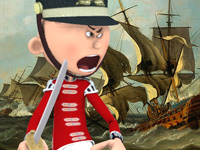
RESOURCES
This article uses material from the Wikipedia article "Seven Years' War", which is released under the Creative Commons Attribution-Share-Alike License 3.0.
© Stories Preschool. All Rights Reserved.
